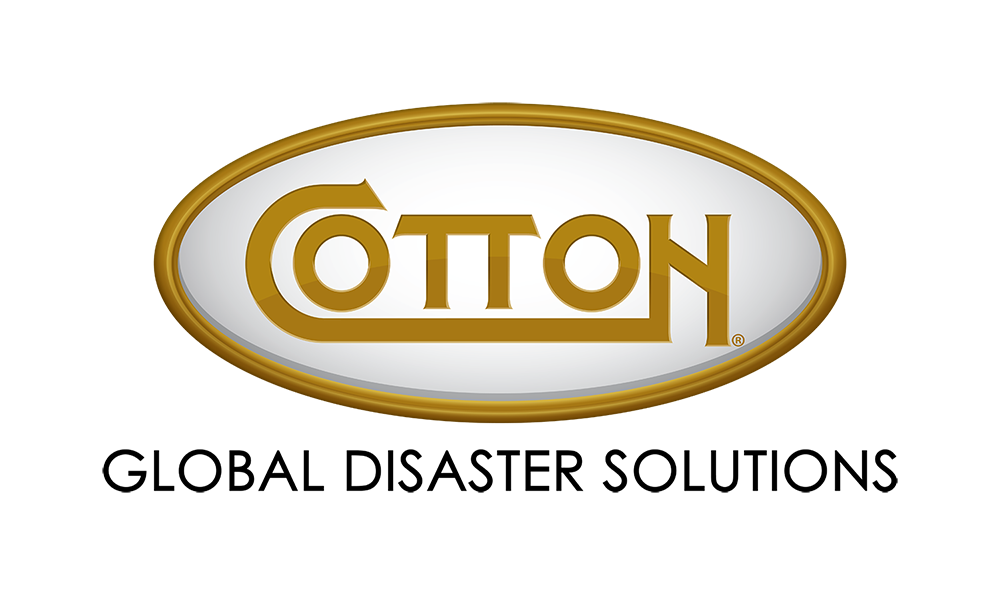Hurricanes are notoriously unpredictable, and the damage they leave behind can range from minor to catastrophic. While structural and water damage are often immediately visible, other consequences like mold can be more insidious, damaging not only the structural integrity of buildings, but also potentially affecting the health and well-being of the residents. Whether in commercial or residential properties, mold prevention and remediation is a critical component of the restoration process.
For nearly 30 years, Cotton Global Disaster Solutions has been a trusted provider of mold remediation and cleaning services, delivering effective solutions to businesses of all sizes.

